The Union Home Minister recently indicated that the Centre has decided to fence the entire length of the India Myanmar border to stop people’s free movement.
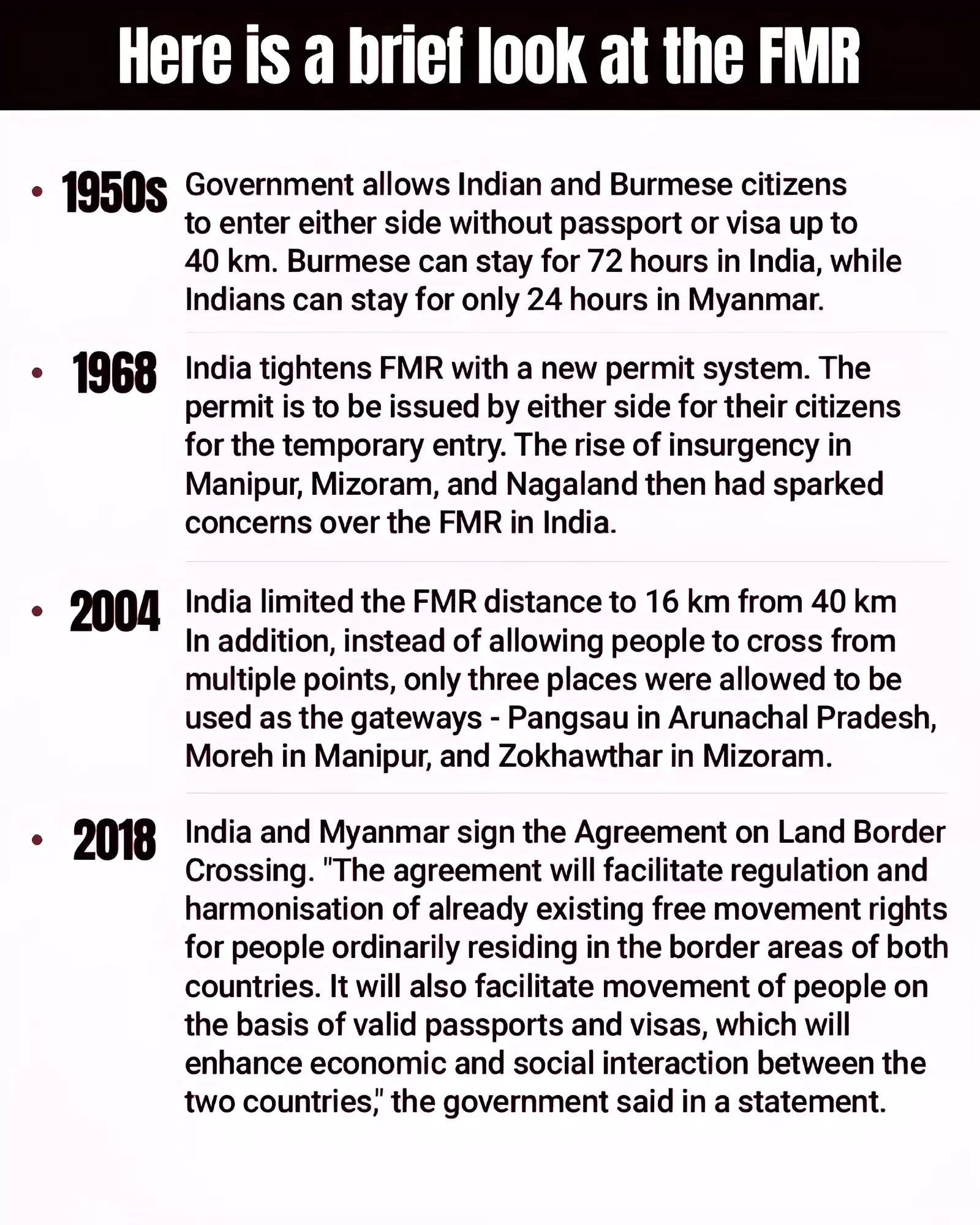
The Indian Government blames the Free Movement Regime (FMR) for;
The India-Myanmar border presents complex challenges. Balancing security concerns with the needs of local communities and regional relations requires a nuanced approach that goes beyond simply building fences or scrapping existing agreements.
Also Read:
News Source: Indian Express
| Must Read | |
| NCERT Notes For UPSC | UPSC Daily Current Affairs |
| UPSC Blogs | UPSC Daily Editorials |
| Daily Current Affairs Quiz | Daily Main Answer Writing |
The COVID-19 pandemic exposed serious lacunae in the reliable communication of scientific information in India – particularly vis-a-vis accurate data reporting, vaccine hesitancy, and prediction of the resurgence of infections.

By addressing current deficiencies and adopting a forward-thinking approach, India has the opportunity to establish a robust science communication ecosystem that can reduce and bridge the gap between the scientific community and society.
News source: The Hindu
| Must Read | |
| NCERT Notes For UPSC | UPSC Daily Current Affairs |
| UPSC Blogs | UPSC Daily Editorials |
| Daily Current Affairs Quiz | Daily Main Answer Writing |
The Kairali AI Chip is the State’s first silicon-proven AI Chip designed by Digital University Kerala, that offers speed, power efficiency and scalability for various applications.
About Edge intelligence:
Features:
|
|---|
News Source: The Hindu
| Must Read | |
| NCERT Notes For UPSC | UPSC Daily Current Affairs |
| UPSC Blogs | UPSC Daily Editorials |
| Daily Current Affairs Quiz | Daily Main Answer Writing |
The Ministry of Culture will be showcasing the ‘Anant Sutra – The Endless Thread’ textile installation at Kartavya Path on the upcoming Republic Day.
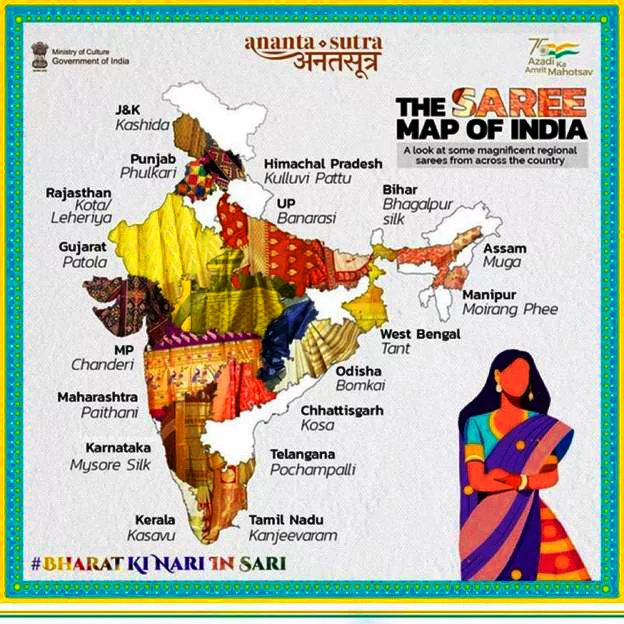
News Source: PIB
| Must Read | |
| NCERT Notes For UPSC | UPSC Daily Current Affairs |
| UPSC Blogs | UPSC Daily Editorials |
| Daily Current Affairs Quiz | Daily Main Answer Writing |
Pendyala Lakshmi Priya, a Kuchipudi dancer, will receive Pradhan Mantri Rashtriya Bal Puraskar from the Indian President.
Kuchipudi is a dance-drama rooted in the ancient Hindu Sanskrit text Natya Shastra. It evolved as a religious art associated with traveling bards, temples, and spiritual traditions, similar to other classical dances in India.
Kuchipudi originated from Andhra Pradesh, where it grew largely as a product of the Bhakti movement beginning in the 7th Century AD.

Kuchipudi Dance
About Pradhan Mantri Rashtriya Bal Puraskar
|
|---|
News Source: All India Radio
| Must Read | |
| NCERT Notes For UPSC | UPSC Daily Current Affairs |
| UPSC Blogs | UPSC Daily Editorials |
| Daily Current Affairs Quiz | Daily Main Answer Writing |
Wild Life (Protection) Licensing (Additional Matters for Consideration) Rules, 2024 issues fresh guidelines excluding some species from the process of licenses for their wildlife trade.
About Wildlife Trade
|
|---|
News Source: Down to Earth
| Must Read | |
| NCERT Notes For UPSC | UPSC Daily Current Affairs |
| UPSC Blogs | UPSC Daily Editorials |
| Daily Current Affairs Quiz | Daily Main Answer Writing |
The President of India congratulated the people of Tripura, Manipur, and Meghalaya on the occasion of their 52nd Statehood Day.
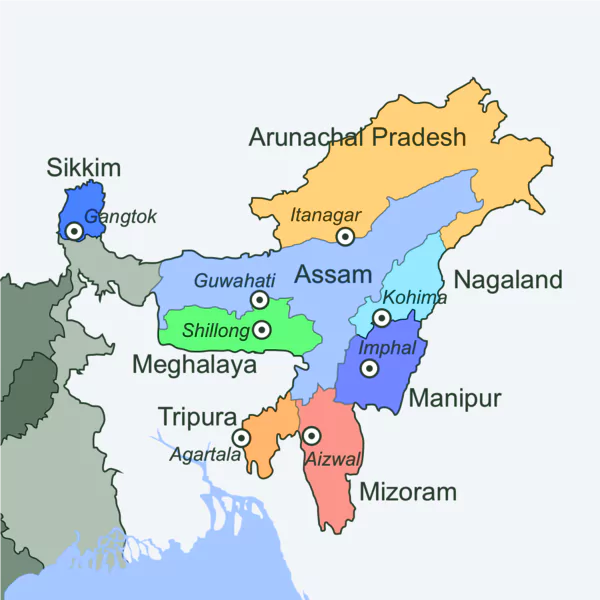 The “Instrument of Accession”, means the state agreed to become a part of the Union of India after independence.
The “Instrument of Accession”, means the state agreed to become a part of the Union of India after independence.
North Eastern Region (Re-organization) Act, 1971:
|
|---|
News Source: All India Radio
| Must Read | |
| NCERT Notes For UPSC | UPSC Daily Current Affairs |
| UPSC Blogs | UPSC Daily Editorials |
| Daily Current Affairs Quiz | Daily Main Answer Writing |
Recently, Hyderabad-based Indian Immunologicals Ltd (IIL) has launched India’s first indigenously developed Hepatitis A vaccine Havisure®

Also Read:
News Source: Deccan Herald
| Must Read | |
| NCERT Notes For UPSC | UPSC Daily Current Affairs |
| UPSC Blogs | UPSC Daily Editorials |
| Daily Current Affairs Quiz | Daily Main Answer Writing |
A budget of Rs 17,490 crore has been allocated for implementing the Strategic Interventions for Green Hydrogen Transition or SIGHT Programme as part of the National Green Hydrogen Mission (NGHM).
About Green Hydrogen
National Green Hydrogen Mission (NGHM)
|
|---|
News Source: DTE
| Must Read | |
| NCERT Notes For UPSC | UPSC Daily Current Affairs |
| UPSC Blogs | UPSC Daily Editorials |
| Daily Current Affairs Quiz | Daily Main Answer Writing |
The first pilot technology project to make jet fuel from alcohol was inaugurated by the Union Petroleum and Natural Gas Minister in Pune.
News Source: News on AIR
| Must Read | |
| NCERT Notes For UPSC | UPSC Daily Current Affairs |
| UPSC Blogs | UPSC Daily Editorials |
| Daily Current Affairs Quiz | Daily Main Answer Writing |
The Prime Minister (PM) recently visited some famous temples in India ahead of the Ram temple ‘Pran Pratishtha’ ceremony in Ayodhya.
| Relevancy for Prelim: Famous Temples In India, Ayodhya Ram Mandir, and UNESCO World Heritage Sites In India.
Relevancy for Mains: Famous Temples Visited by The PM, Temple Architecture in India: Nagara Style, Dravida Style, and Vesara Style |
|---|
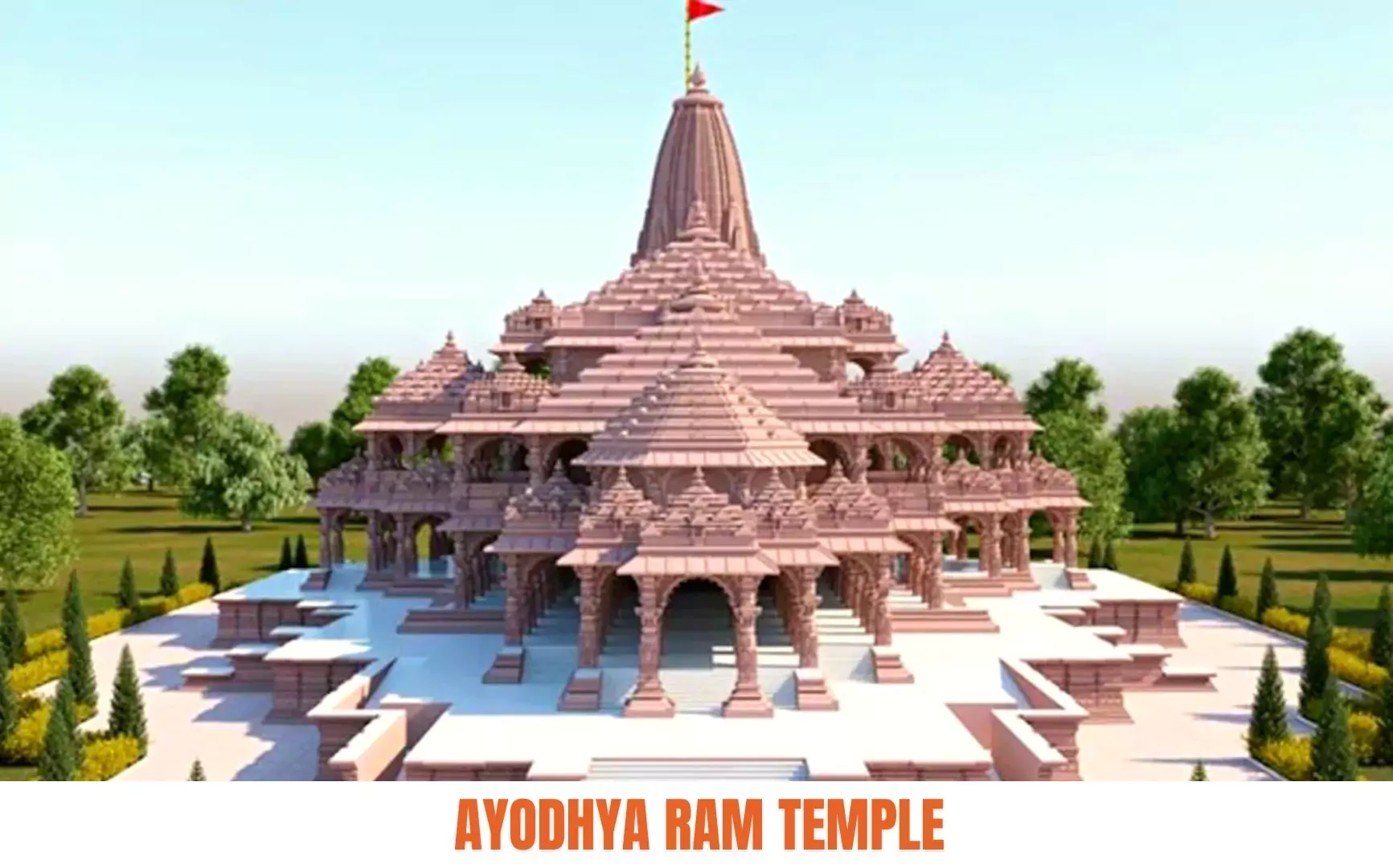 Foundation of the Ram temple: It is built of a 14-metre-thick layer of roller-compacted concrete and a 21-foot-high granite plinth has been placed to protect against ground moisture.
Foundation of the Ram temple: It is built of a 14-metre-thick layer of roller-compacted concrete and a 21-foot-high granite plinth has been placed to protect against ground moisture.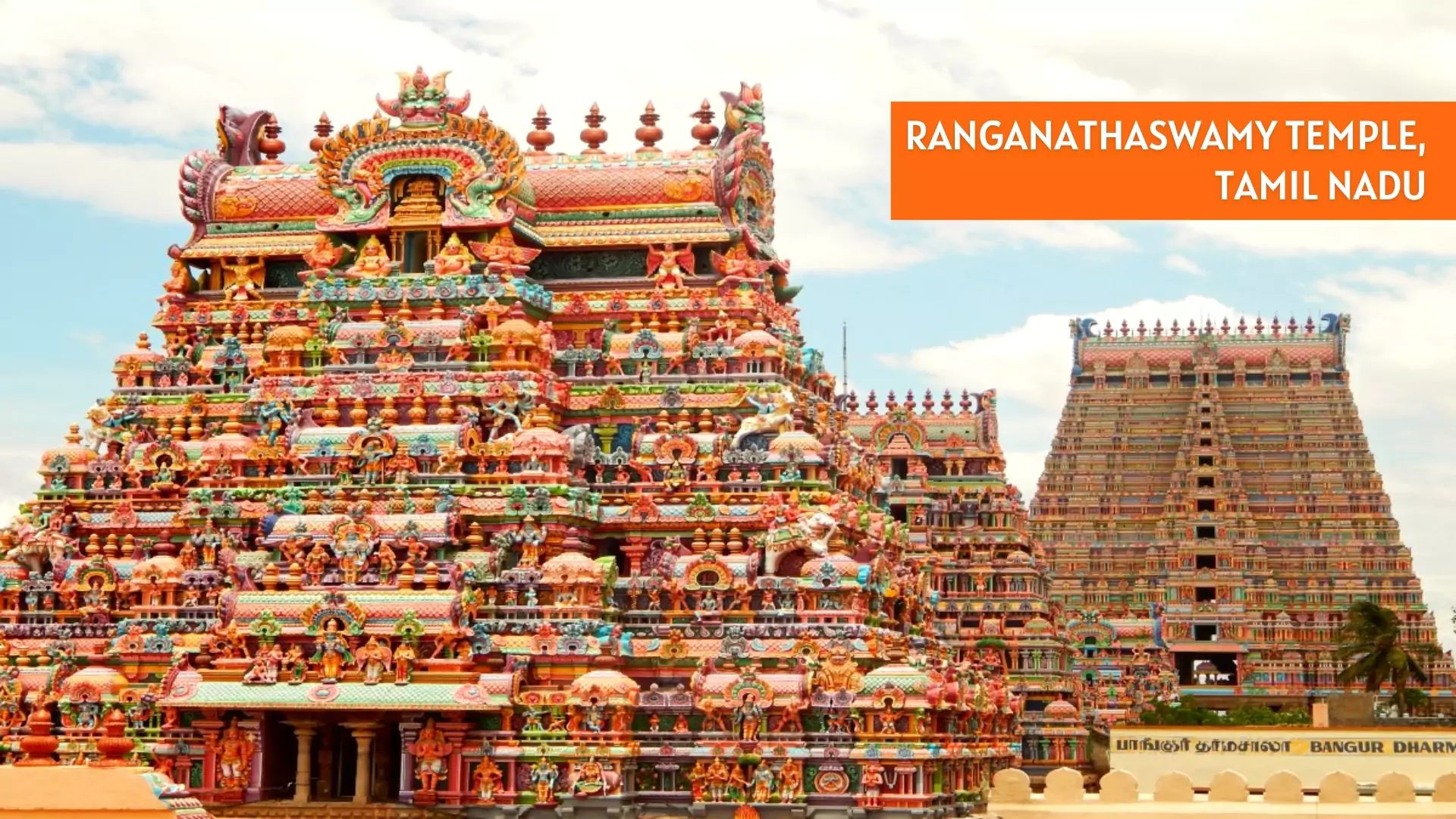
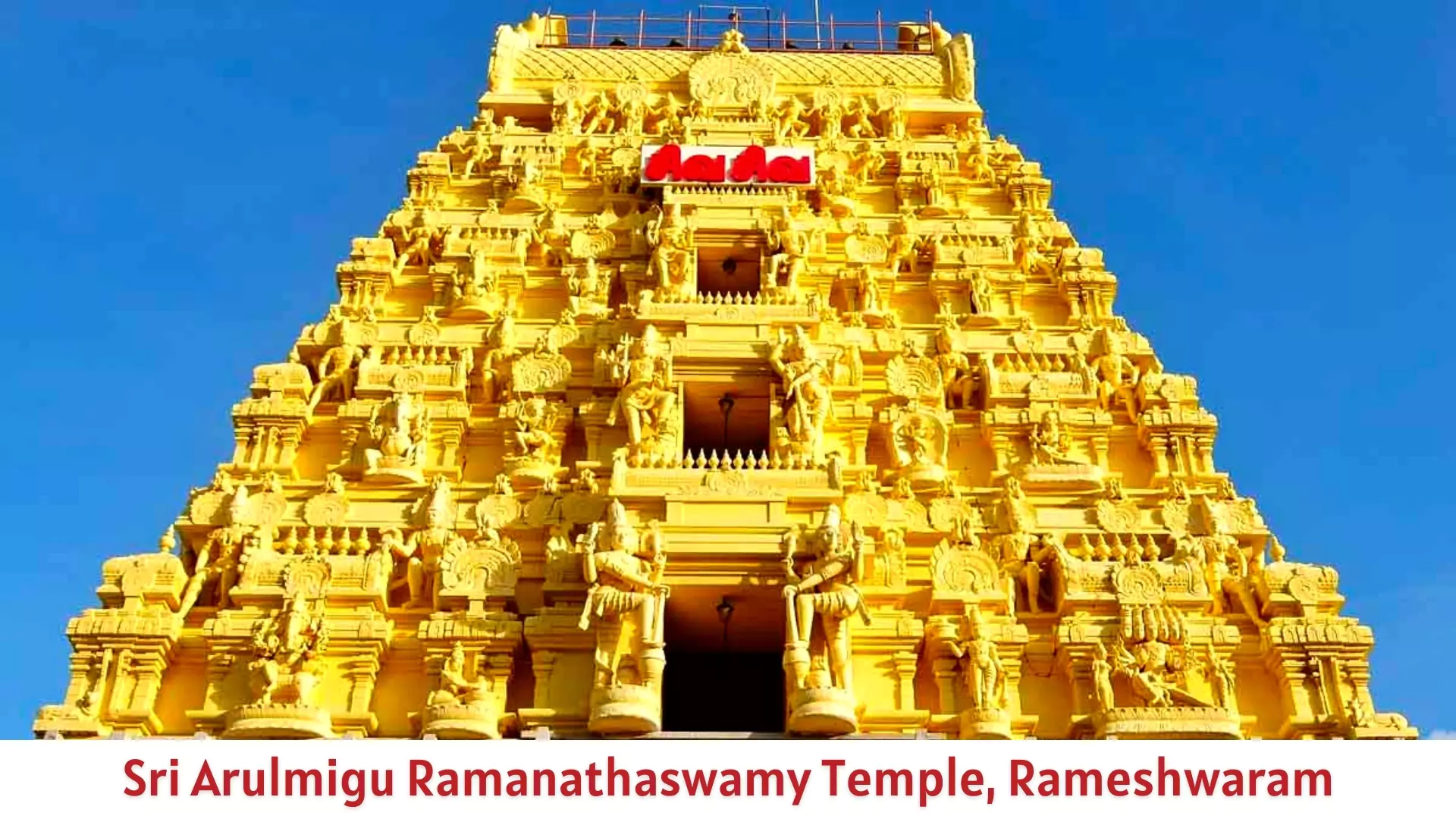
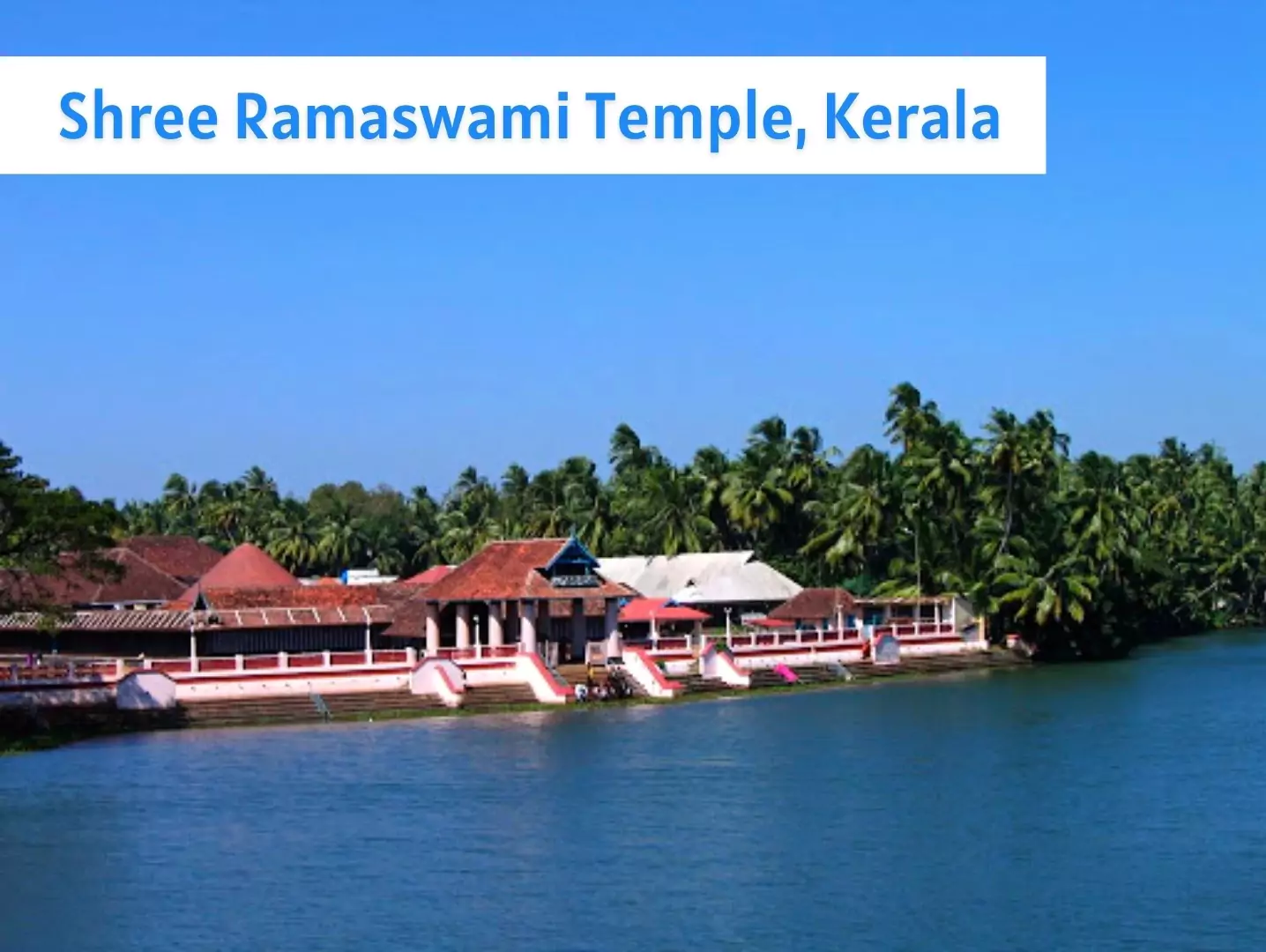 The image of Rama (Triprayar Thevar) resembles the Chaturbhuja Vishnu form with four arms, bearing a conch(Panchajanya), a disc (Sudarsana), a bow (Kodanda) and a garland respectively.
The image of Rama (Triprayar Thevar) resembles the Chaturbhuja Vishnu form with four arms, bearing a conch(Panchajanya), a disc (Sudarsana), a bow (Kodanda) and a garland respectively.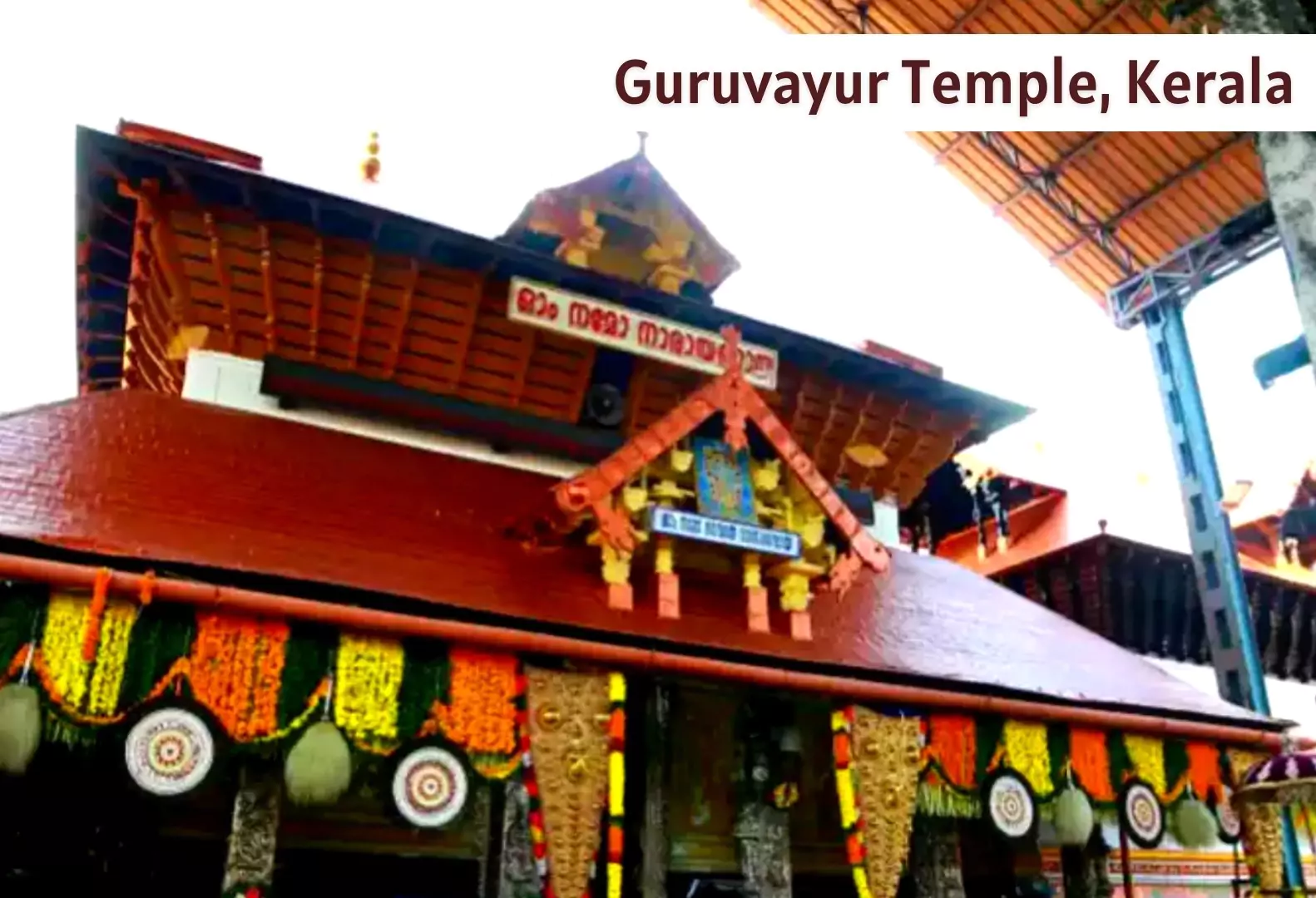
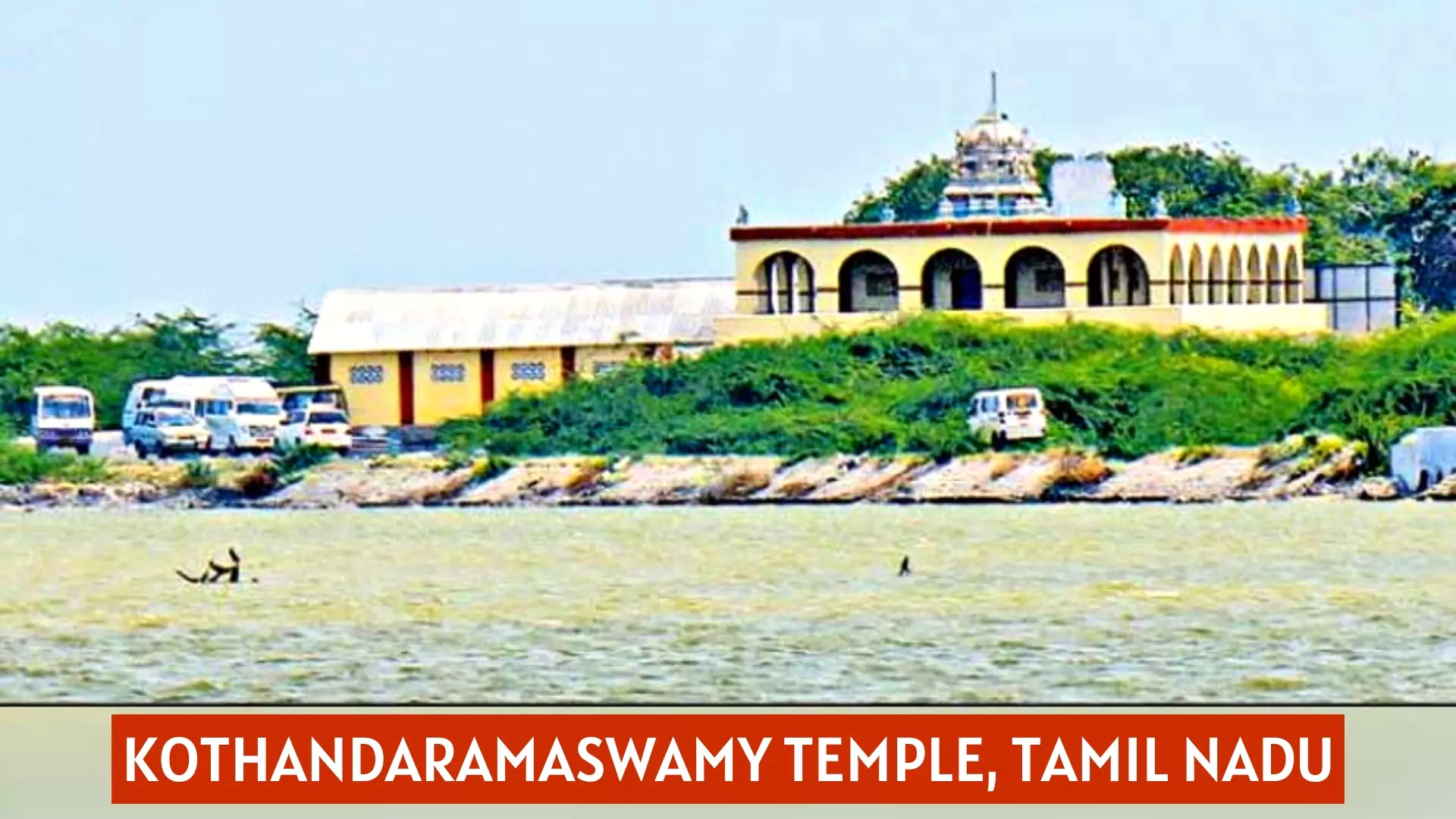
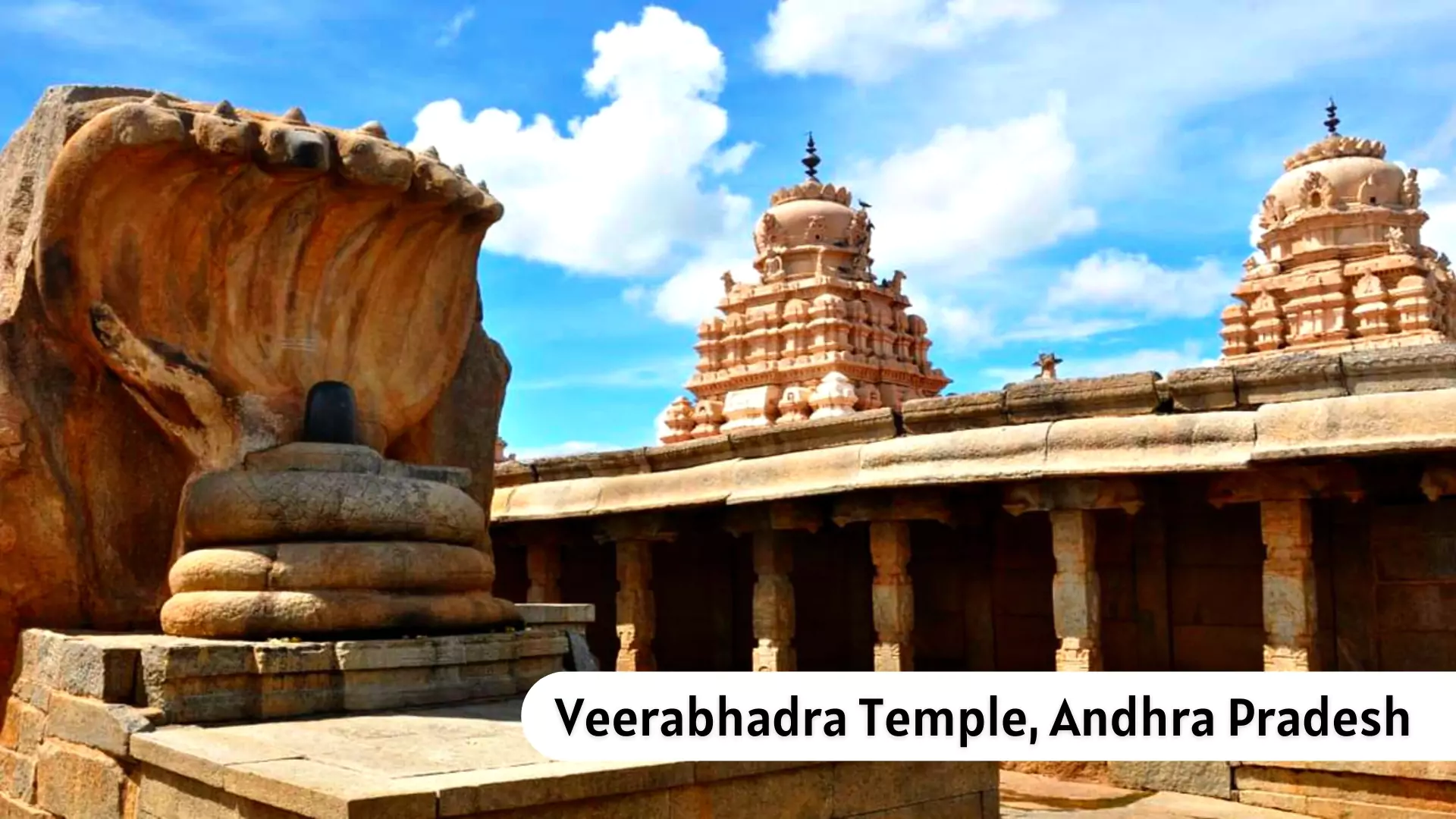 Temple Construction: The temple was built in 1533 AD by Virupanna Nayaka and Vienna, who were governors under the Vijayanagar empire during the reign of king Achutaraya.
Temple Construction: The temple was built in 1533 AD by Virupanna Nayaka and Vienna, who were governors under the Vijayanagar empire during the reign of king Achutaraya. 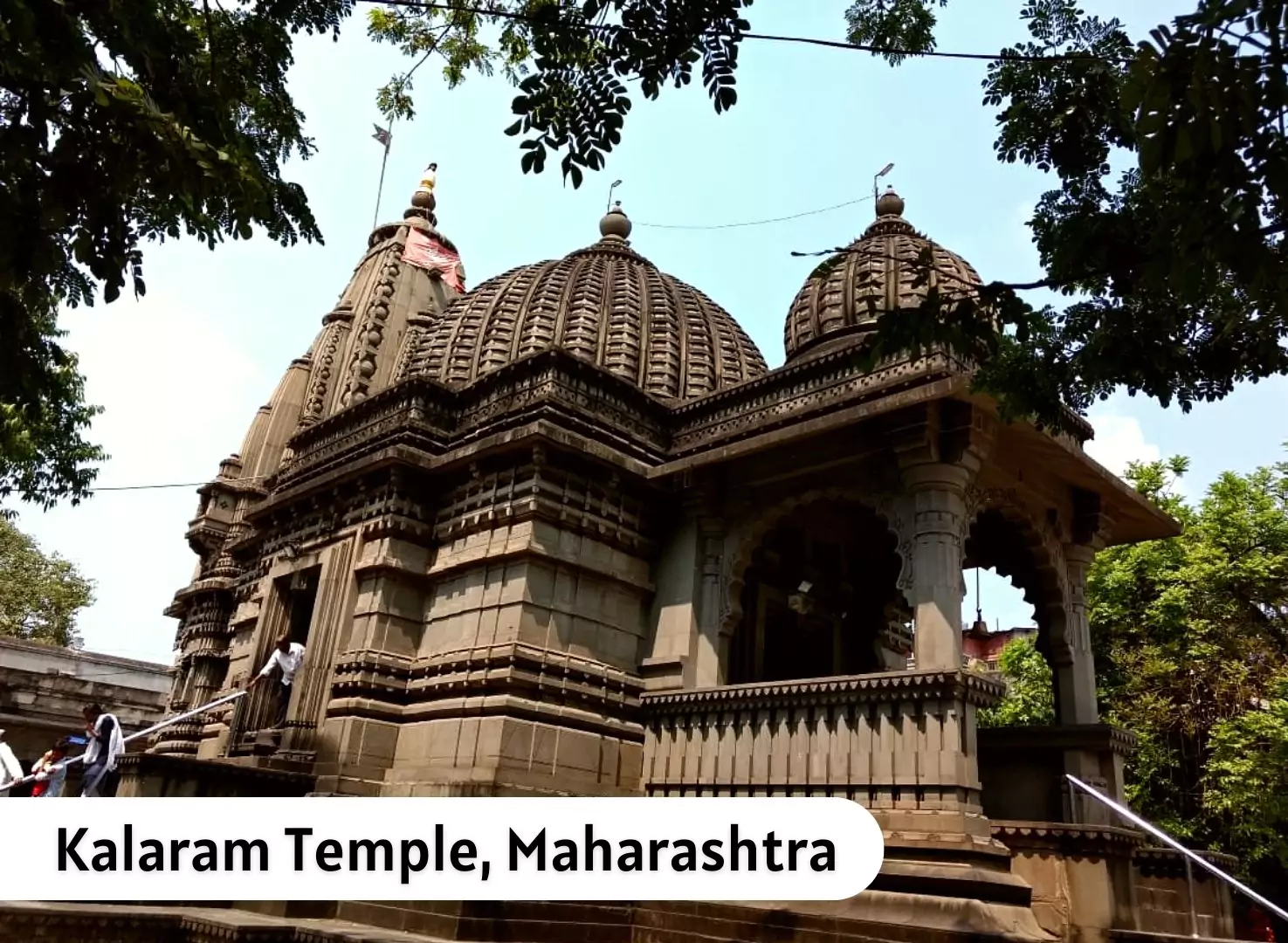 The name Panchavati comes from the existence of five banyan trees in the area.
The name Panchavati comes from the existence of five banyan trees in the area. Three Main Temple Architecture Found in India, Which are;
This architectural style of temples gained popularity in northern India around the fifth century CE, during the late Gupta period. Its features include:
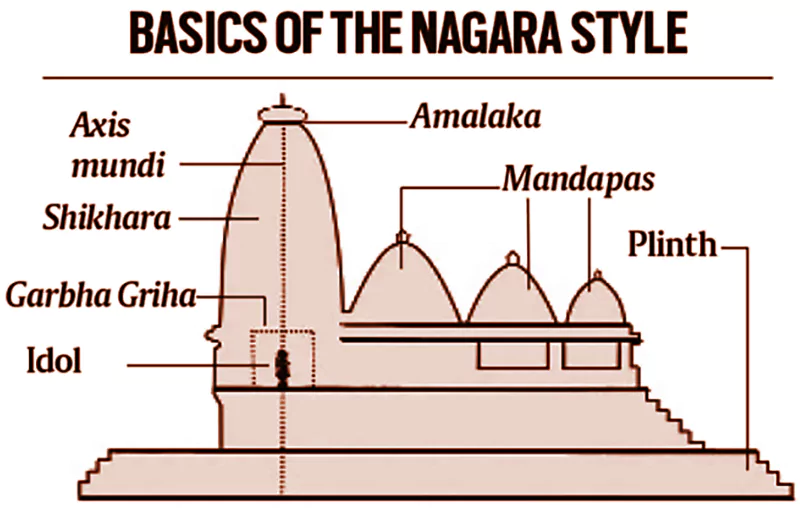
These In South India, the most famous temples are built in the Dravidian style characterized by stone structures, towering spires, intricate sculptures, and detailed inscriptions. Its features include:
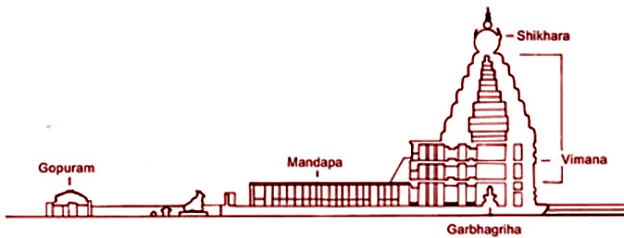
Vesara style temple architecture in the Deccan region, particularly in Karnataka, is known as the Vesara style. It exhibits a blend of North and South Indian influences. Important features include:
Khajuraho Temple
|
|
Sun Temple, Konark, Odisha
|
|
Hoysala Temples, Karnataka – the Sacred Ensembles of the Hoysala
|
|
Chola Temples
|
|
Group of Monuments at Mahabalipuram, Tamil Nadu
|
|
Group of Monuments at Pattadakal, Karnataka
|
|
| Mains Question: How will you explain the medieval Indian temple sculptures represent the social life of those days? (150 words, 10 Marks) |
|---|
| Must Read | |
| NCERT Notes For UPSC | UPSC Daily Current Affairs |
| UPSC Blogs | UPSC Daily Editorials |
| Daily Current Affairs Quiz | Daily Main Answer Writing |
This article is based on the news “Democratic backsliding: On the state wielding the FCRA as a weapon” which was published in the Hindu. Recently, the Government of India has cancelled the Foreign Contribution (Regulation) Act (FCRA) license of the Centre for Policy Research (CPR).
| Relevancy for Prelim: Centre for Policy Research (CPR), FCRA Registration, Foreign Contribution (Regulation) (Amendment) Rules, 2022, Enforcement Directorate (ED),
Relevancy for Mains: FCRA Act: Its Amendments, Need, Significance, Concerns, and Way Forward. |
|---|
Centre for Policy Research (CPR)
|
|---|
Foreign Contribution (Regulation) Amendment Act, 2020
|
|---|
| Mains Question: Examine critically the recent changes in the rules governing foreign funding of NGOs under the Foreign Contribution (Regulation) Act (FCRA), 1976. (200 words, 12.5 marks) |
|---|
| Must Read | |
| NCERT Notes For UPSC | UPSC Daily Current Affairs |
| UPSC Blogs | UPSC Daily Editorials |
| Daily Current Affairs Quiz | Daily Main Answer Writing |
Maharashtra Withdraws GRs on Hindi as Third Langua...
Statistical Report on Value of Output from Agricul...
Skills for the Future: Transforming India’s Work...
National Turmeric Board HQ Inaugurated in Nizamaba...
ECI Moves to De-List 345 Inactive Registered Unrec...
MNRE Issues Revised Biomass Guidelines Under Natio...
<div class="new-fform">
</div>